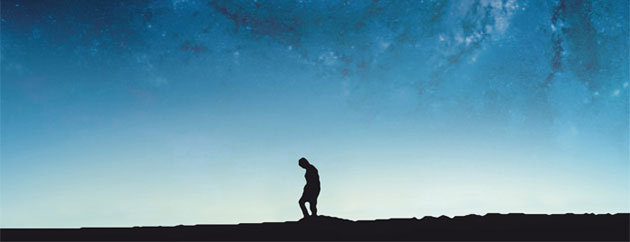
Nostalgia for the Light
09 July, 2012Nostalgia for the Light is a documentary by Chilean director Patricio Guzmán. It premiered as a special screening at the 2010 Cannes Film Festival where it was awarded the François Chalais Prize, given to the film “dedicated to the values of life affirmation and of journalism”. It also won Best Documentary at the 23rd European Film Awards (2010).
Guzmán travels to the Earth’s most arid locale, the high altitude Atacama Desert in Chile. Where the lack of moisture provides an ideal place for astronomers to study the skies, and as it turns out, the vast expanse also offers the perfect place for a military dictatorship to lose it’s enemies. Here is where the director trains his camera on the driven scientists and survivors alike, and comes up with a profoundly beautiful examination on the mysteries of life.
At first, these two threads couldn’t appear any more different. Astronomers with their high tech telescopes and radio antennas studying the cosmos, and old women with their picks and spades digging randomly in the dirt in the hopes of finding the remains of loved ones. However, Guzmán skillfully splices together breathtaking views of the barren rocky land and clear starlit skies, along with intimate interviews with the researchers and the survivors, to form a deeply moving connection that soon becomes clear; the nature of humans to sift through the past in order to give meaning to the fleeting present.
Not so much a fact-based documentary as it is an insightful personal exploration, Guzmán is far more interested in challenging us to ponder the unanswered questions, and he frequently includes images and memories from his own childhood which he narrates with quiet thoughts and ruminations on how they relate to the subject at hand.
It does wander off course a little towards the end, but Nostalgia for the Light ultimately brings together powerfully meditative cinematography, thought-provoking observations, and emotional human stories to form a truly fascinating and convincing essay on how the past is inescapably linked to the present.
This article was originally published on Bonjour Tristesse
Follow Sounds and Colours: Facebook / Twitter / Instagram / Mixcloud / Soundcloud / Bandcamp
Subscribe to the Sounds and Colours Newsletter for regular updates, news and competitions bringing the best of Latin American culture direct to your Inbox.

